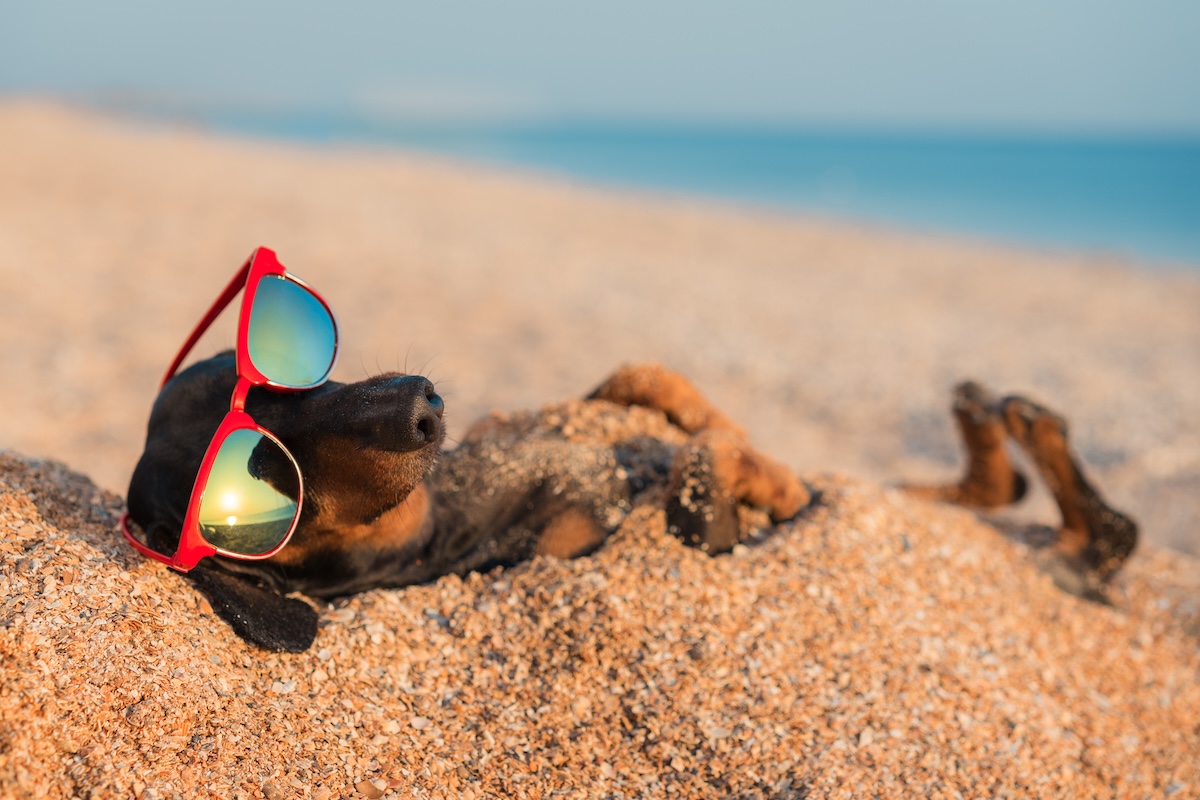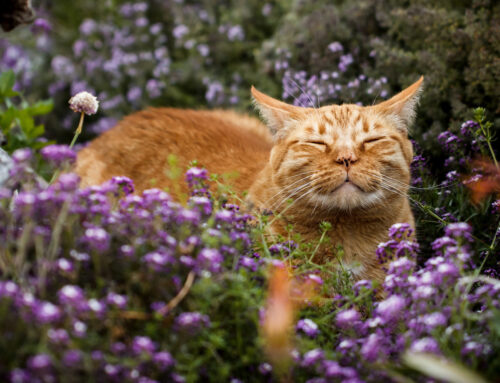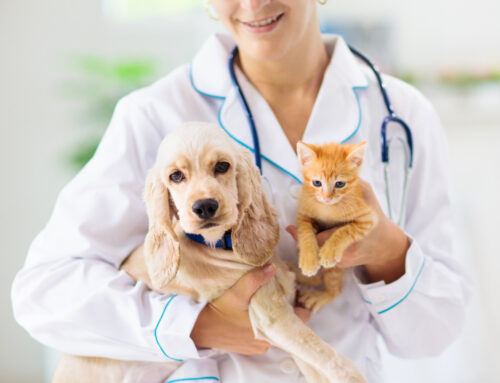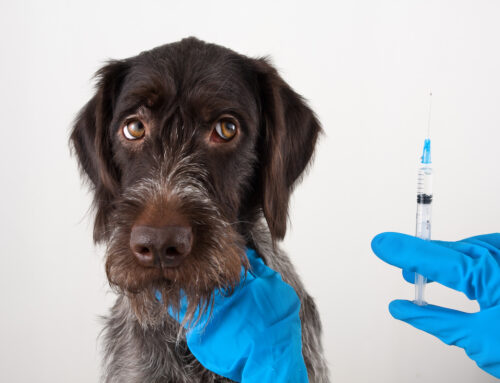Summer is a season filled with sunshine, vacations, and outdoor adventures. But while humans enjoy the longer days and warm weather, our pets can face a variety of hazards if we don’t take the proper precautions. At Animal Care Center, we care deeply about the health and happiness of your pets. That’s why we’ve put together this list of safety tips for pets to help you keep your furry family members safe, cool, and healthy all summer long.
1. Watch for Signs of Heatstroke
Pets can overheat quickly, especially dogs and cats with thick coats, flat-faced breeds, and senior animals. Heatstroke can be life-threatening if not addressed immediately.
Signs of heatstroke include:
- Excessive panting or drooling
- Rapid heartbeat
- Vomiting or diarrhea
- Lethargy or weakness
- Bright red or pale gums
If you notice any of these symptoms, then move your pet to a cooler area, offer fresh water, and contact your veterinarian immediately.
Prevention Tips:
- Never leave your pet in a parked car
- Walk dogs early in the morning or later in the evening
- Provide plenty of shade and fresh water
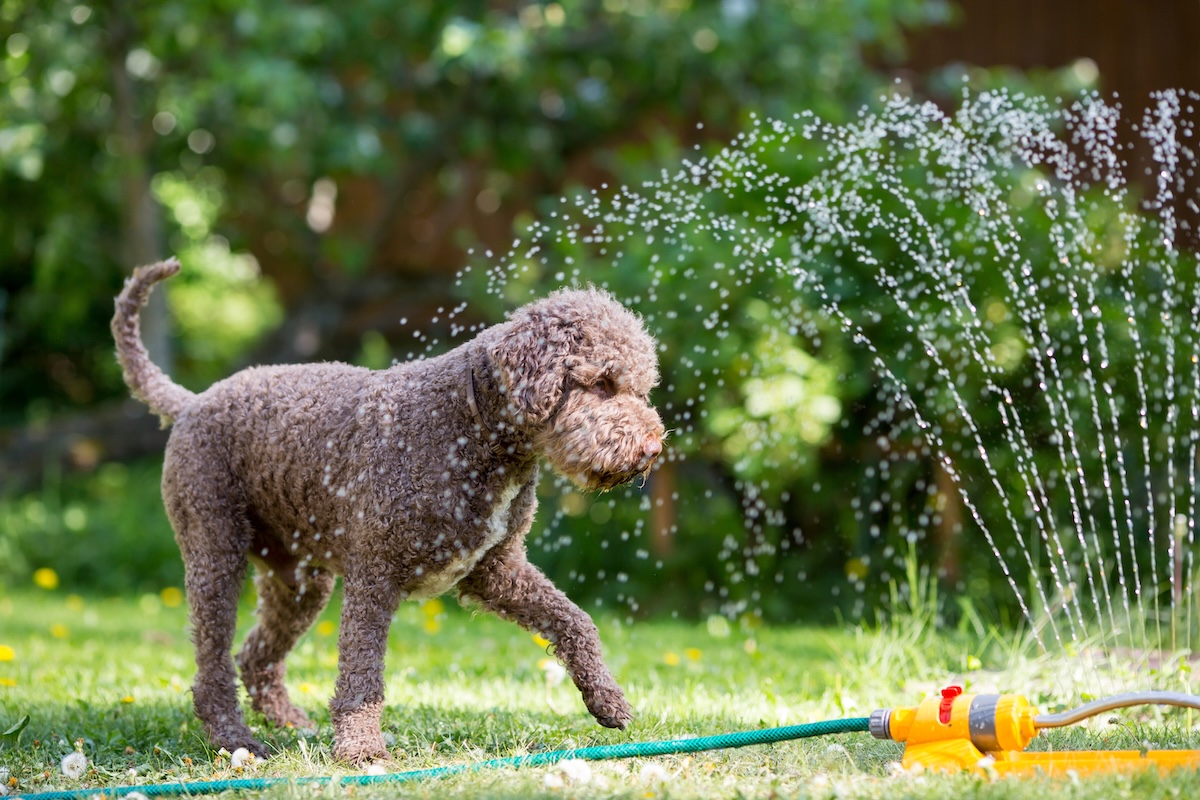
2. Keep Paws Off Hot Surfaces
Sidewalks, asphalt, and sand can become extremely hot in the summer sun and may burn your pet’s paws.
How to protect paws:
- Test the pavement with your hand—if it’s too hot for you, then it’s too hot for your pet
- Walk your dog on grass or shaded paths
- Invest in pet booties for added protection
3. Provide Ample Water and Shade
Dehydration is a serious risk during the summer months because pets can lose fluids quickly when exposed to heat.
Hydration and shade essentials:
- Always have fresh, clean water available
- Carry a collapsible water bowl for walks or travel
- Set up shaded areas in your yard or outdoor space
You can even add ice cubes to your pet’s water dish to keep it cool longer.
4. Avoid Overexertion
While exercise is important, high temperatures can make physical activity dangerous.
Exercise smart:
- Shorten play sessions outdoors
- Choose shaded, grassy areas for walks
- Avoid intense activities during peak heat hours (10am-4pm)
For pets that love to play fetch or run, save those games for early morning or dusk.
5. Be Cautious with Swimming and Water Activities
Not all pets are natural swimmers, and even strong swimmers can get into trouble.
Water safety tips:
- Always supervise pets near pools, lakes, or the ocean
- Use pet life vests for boating or deep water
- Rinse your pet after swimming to remove chlorine or salt
Also, make sure your pet has an easy way to exit the water because this helps to avoid panic or exhaustion.
6. Protect Against Parasites
Summer brings a surge of pests such as fleas, ticks, and mosquitoes—all of which can transmit diseases.
Stay protected with:
- Vet-recommended flea and tick preventatives
- Monthly heartworm medication
- Routine checks after walks in wooded or grassy areas
Ask your vet for a tailored parasite prevention plan for your pet.
7. Mind the BBQ and Picnic Dangers
Summer cookouts can be a blast, but many common foods and items are dangerous for pets.
Things to avoid feeding pets:
- Grapes and raisins
- Onions and garlic
- Chocolate and alcohol
- Corn on the cob
- Bones and fatty meats
Keep trash bins covered, and don’t leave plates unattended. Remind guests not to feed your pets without permission.
8. Know Your Breed’s Needs
Certain breeds are more vulnerable to heat and humidity.
Extra-sensitive breeds include:
- Brachycephalic (flat-faced) breeds like Pugs, Bulldogs, and Persians
- Long-haired or double-coated dogs
- Elderly pets or those with heart or respiratory issues
These pets need extra monitoring, limited exposure to heat, and indoor activities during the hottest parts of the day.
9. Update ID Tags and Microchips
Summer is a peak time for lost pets because they spend more time outside or travel with families.
Identification checklist:
- Make sure your pet’s collar has a current ID tag
- Double-check that your pet’s microchip is registered and updated
- Use GPS collars or tracking devices for added peace of mind
10. Plan Ahead for Fireworks and Storms
Loud noises such as fireworks and thunderstorms can cause extreme anxiety in pets, leading them to run away or injure themselves.
Calming strategies include:
- Creating a safe, quiet indoor space
- Using calming wraps or anxiety-reducing supplements
- Speaking with your vet about prescription medications if needed
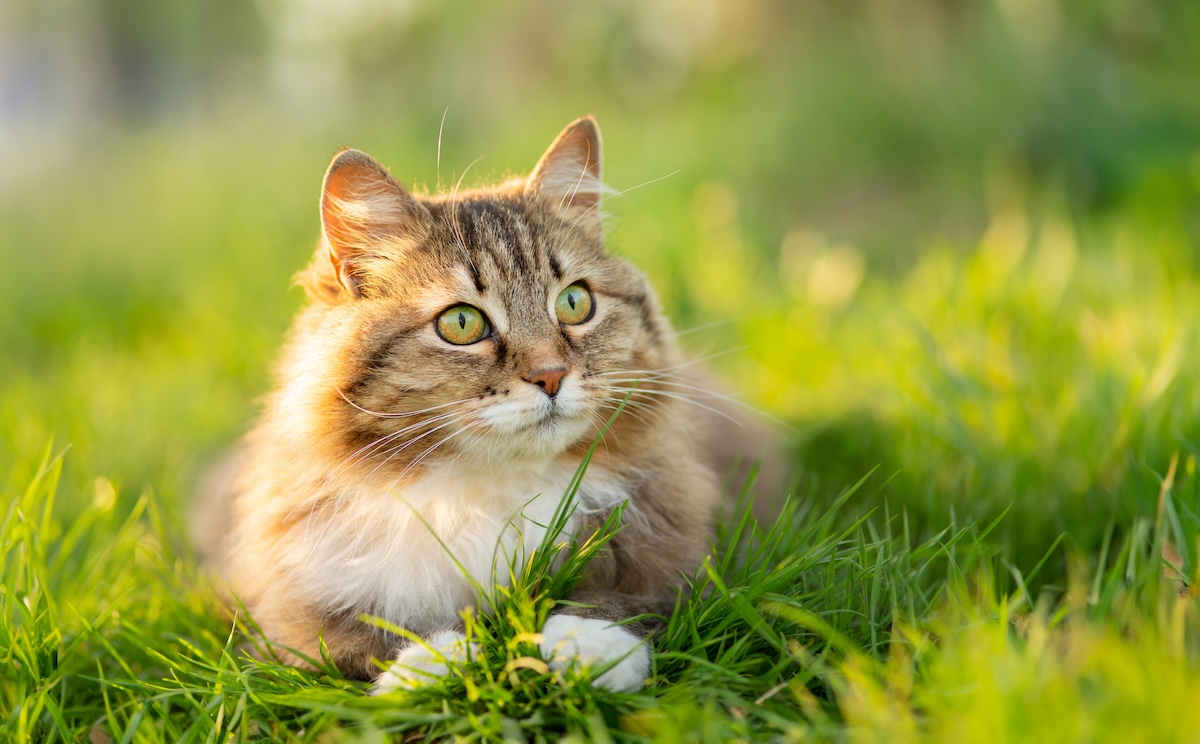
11. Watch for Seasonal Allergies
Just like humans, pets can suffer from seasonal allergies—especially in the summer when pollen counts are high. These allergies can cause discomfort and lead to more serious issues if left untreated.
Signs of allergies in pets include:
- Excessive scratching or licking
- Red or irritated skin
- Watery eyes
- Sneezing or coughing
- Ear infections
How to help your pet:
- Bathe your pet regularly to remove allergens from their coat
- Wipe paws after walks to prevent tracking allergens indoors
- Use vet-recommended allergy medications
- Avoid walks during high pollen hours (early morning and late evening)
If you suspect your pet has allergies, then schedule a consultation with your veterinarian for diagnosis and treatment options.
Don’t Skip Summer Safety Tips for Pets
At Animal Care Center, we believe a safe pet is a happy pet. By following summer safety tips for pets, you can ensure your furry companions enjoy all the joys of summer without unnecessary risks. Whether you’re planning road trips, beach days, or backyard barbecues, keeping your pet’s safety in mind ensures you both have the best summer ever.
If you have any questions or concerns about your pet’s health or need help preparing for the season, then give us a call or schedule an appointment. We’re here to support you and your pets every step of the way!
Stay safe, have fun, and enjoy the summer with your four-legged family members!

